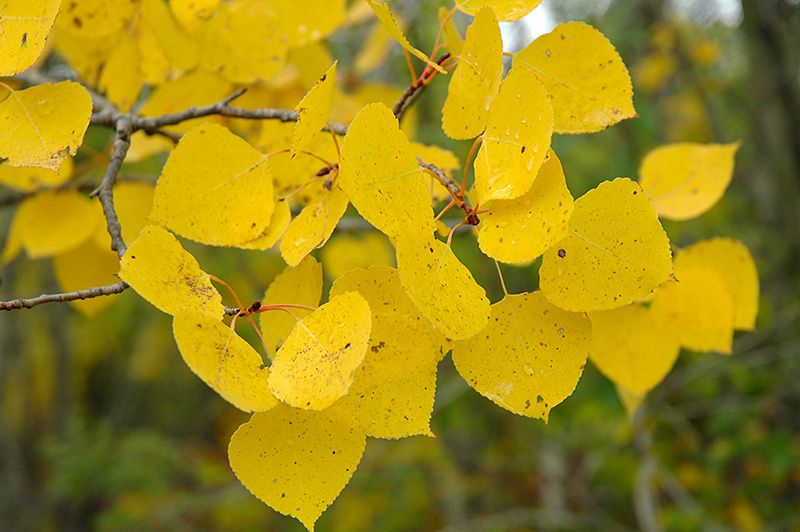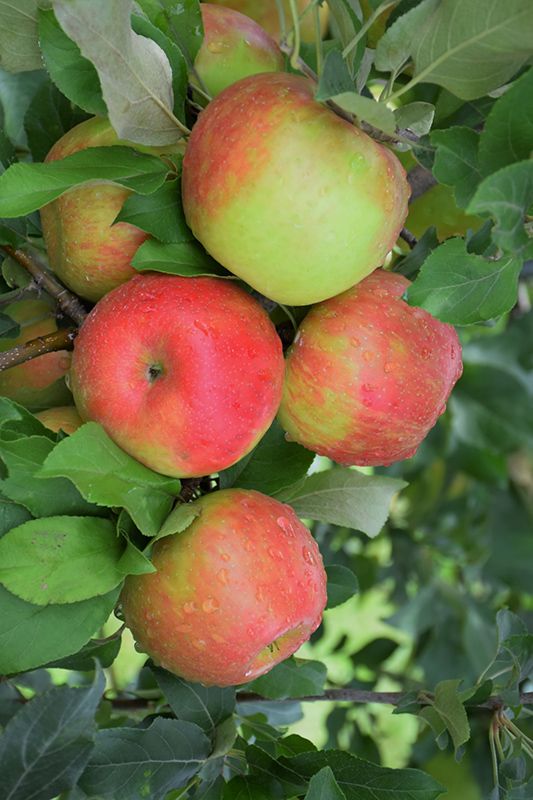Populus, Quaking Aspen (Large)



- Sun Preference
- Full-Sun
As low as $249.00
Description
A native tree with white mature bark and beautiful yellow fall color. Hardy and adaptable to many soil types; excellent for naturalizing. Gerten’s has selected local Aspen genotypes to provide better disease resistance for our customers.
Minnesota's Largest Selection of Trees
At Minnesota's Destination Garden Center, we offer a diverse range of trees to suit any landscaping need. Whether you're looking for shade trees to cool your home or ornamental trees to add beauty and interest, you'll find the perfect tree at Gertens. Our knowledgeable staff can help you select the right tree for your space and provide tips for care and maintenance. Visit Gertens today and explore the unmatched variety of trees to enhance your outdoor environment!
Details
Quaking Aspen | Populus tremuloides
Height: 40 feet
Spread: 20 feet
Sunlight: Full Sun
Hardiness Zone: 2a
Other Names: Trembling Aspen
Brand: Gertens
Description:
A delicate native of the North American forest, with showy white bark and leaves that flutter in the faintest breeze; suckers vigorously, doesn't tolerate polluted conditions well, best left in a natural forest setting or a suburban woodland composition
Ornamental Features
Quaking Aspen has rich green deciduous foliage on a tree with an oval habit of growth. The round leaves turn an outstanding gold in the fall. However, the fruit can be messy in the landscape and may require occasional clean-up. The smooth white bark adds an interesting dimension to the landscape.
Landscape Attributes
Quaking Aspen is a deciduous tree with a shapely oval form. Its average texture blends into the landscape, but can be balanced by one or two finer or coarser trees or shrubs for an effective composition.
This is a high maintenance tree that will require regular care and upkeep, and is best pruned in late winter once the threat of extreme cold has passed. Gardeners should be aware of the following characteristic(s) that may warrant special consideration;
- Suckering
- Insects
- Disease
Quaking Aspen is recommended for the following landscape applications;
- Shade
- Naturalizing And Woodland Gardens
Planting & Growing
Quaking Aspen will grow to be about 40 feet tall at maturity, with a spread of 20 feet. It has a low canopy with a typical clearance of 5 feet from the ground, and should not be planted underneath power lines. It grows at a fast rate, and under ideal conditions can be expected to live for 50 years or more.
This tree should only be grown in full sunlight. It is an amazingly adaptable plant, tolerating both dry conditions and even some standing water. It is not particular as to soil type or pH. It is highly tolerant of urban pollution and will even thrive in inner city environments. This species is native to parts of North America.
More Information
| Available for Pre-Order | No |
|---|---|
| Tree Type | Shade & Ornamental |
| Sun Preference | Full-Sun |
| USDA Hardiness Zone | 2, 3, 4, 5, 6, 7 |
| Common Family Name | Aspen |






